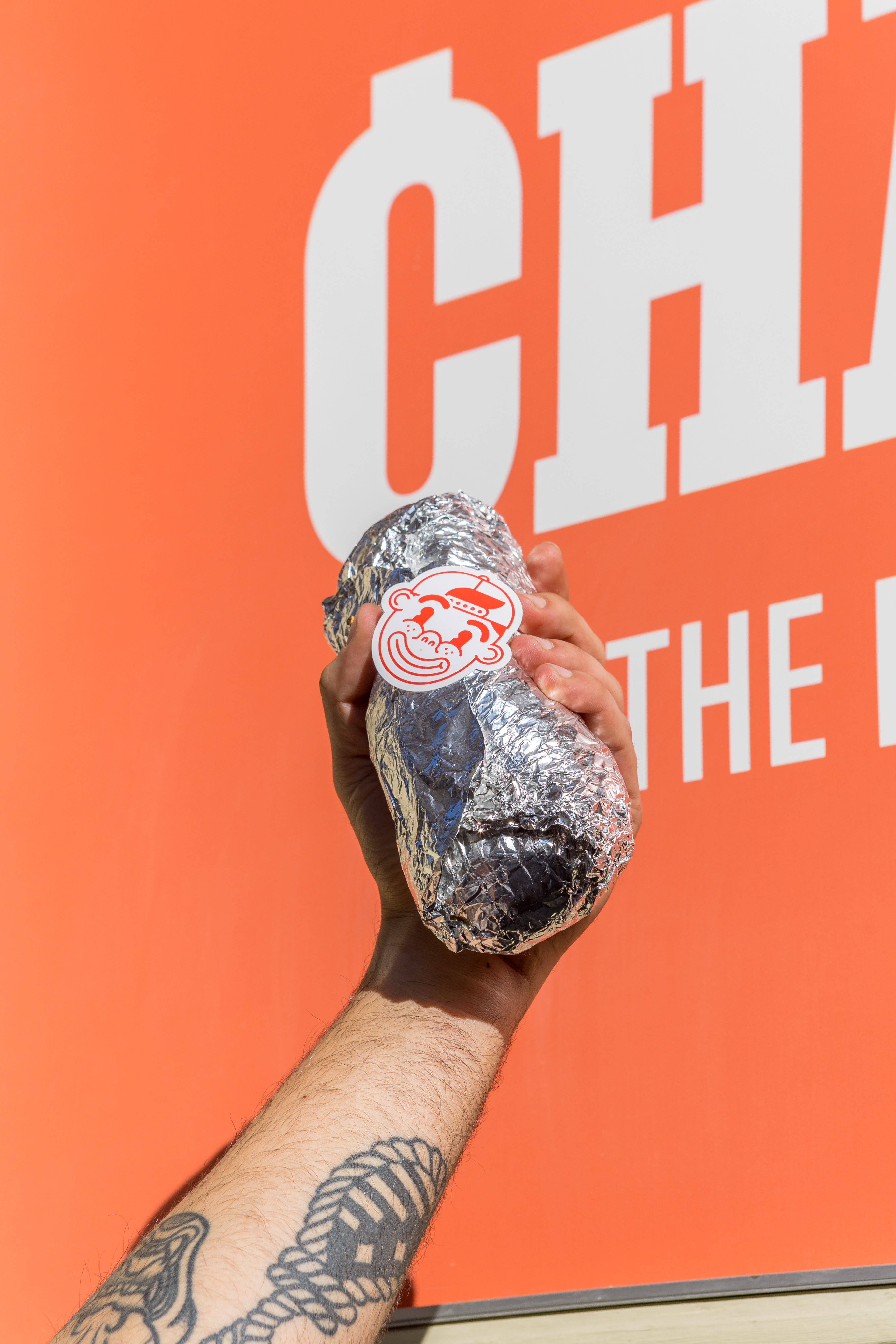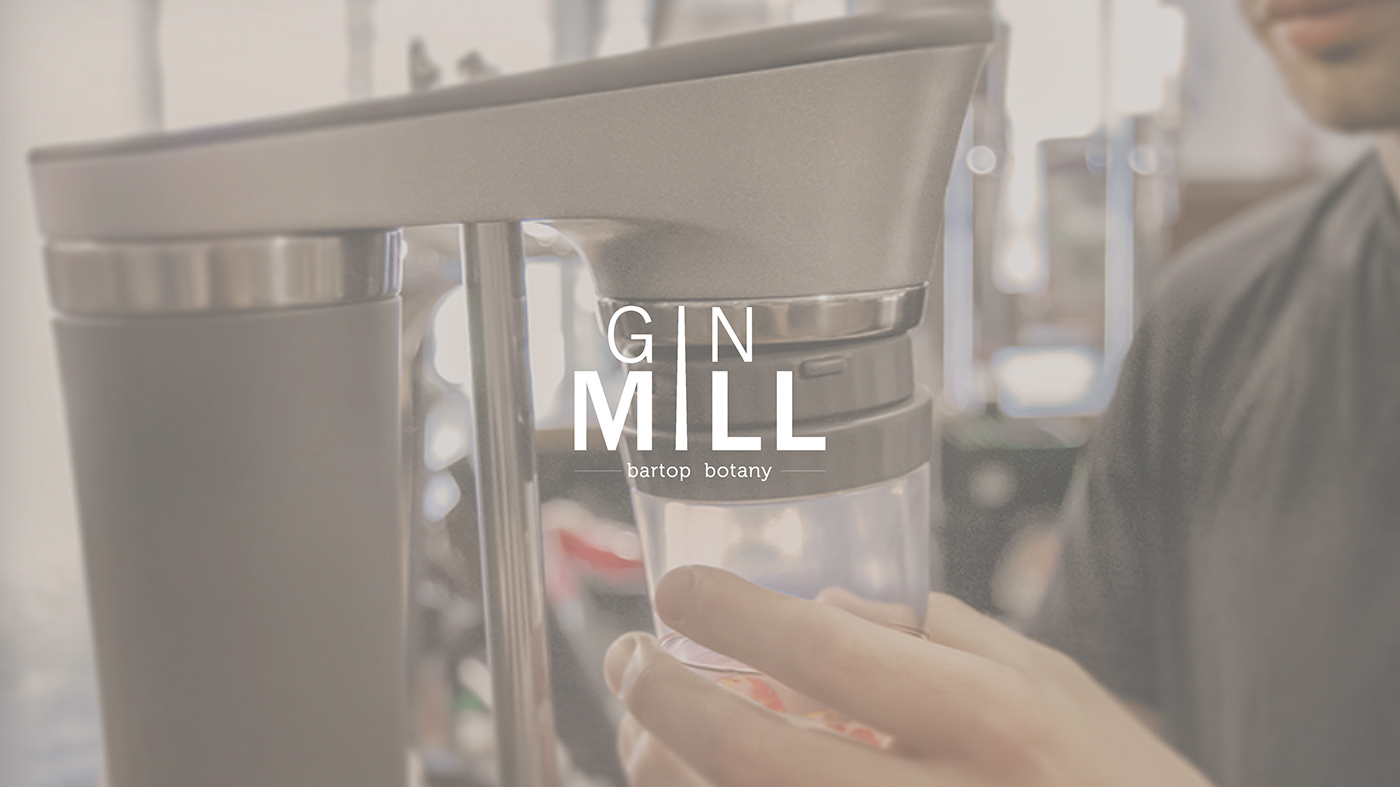
Gin Mill is a Final Year Design Project completed as part of an Industrial Design and Technology degree at Loughborough Design School.
The project was selected by students and staff to represent the university at the New Designers 2018 exhibition in London.

Brief:
How could a mid-level bar capitalise on growth in the gin industry, and offer consumers a better product experience?
Research Activities:
A variety of primary and secondary research activities were conducted at the beginning of the project to understand the needs and wants of the users (Bartenders) and the consumers (Gin Drinkers). These activities included: market research, interviews with respective stakeholders, product autopsies for technological research, bar environment analysis and consumer experience events.





The main focus from research and the brief was the importance of designing a novel and compelling product experience for the consumer. In order to understand the touchpoints of the 'gin experience' completely, a champion consumer was selected to evaluate the experience of purchasing a gin and tonic at 3 different level bars.
The findings of the experience research were compiled within web diagrams, to show areas the mid-range bar needs to improve to match a high-end experience. Areas of weakness were also demonstrated in that high-end experience, to identify where a product for a mid-range bar could overtake that experience.
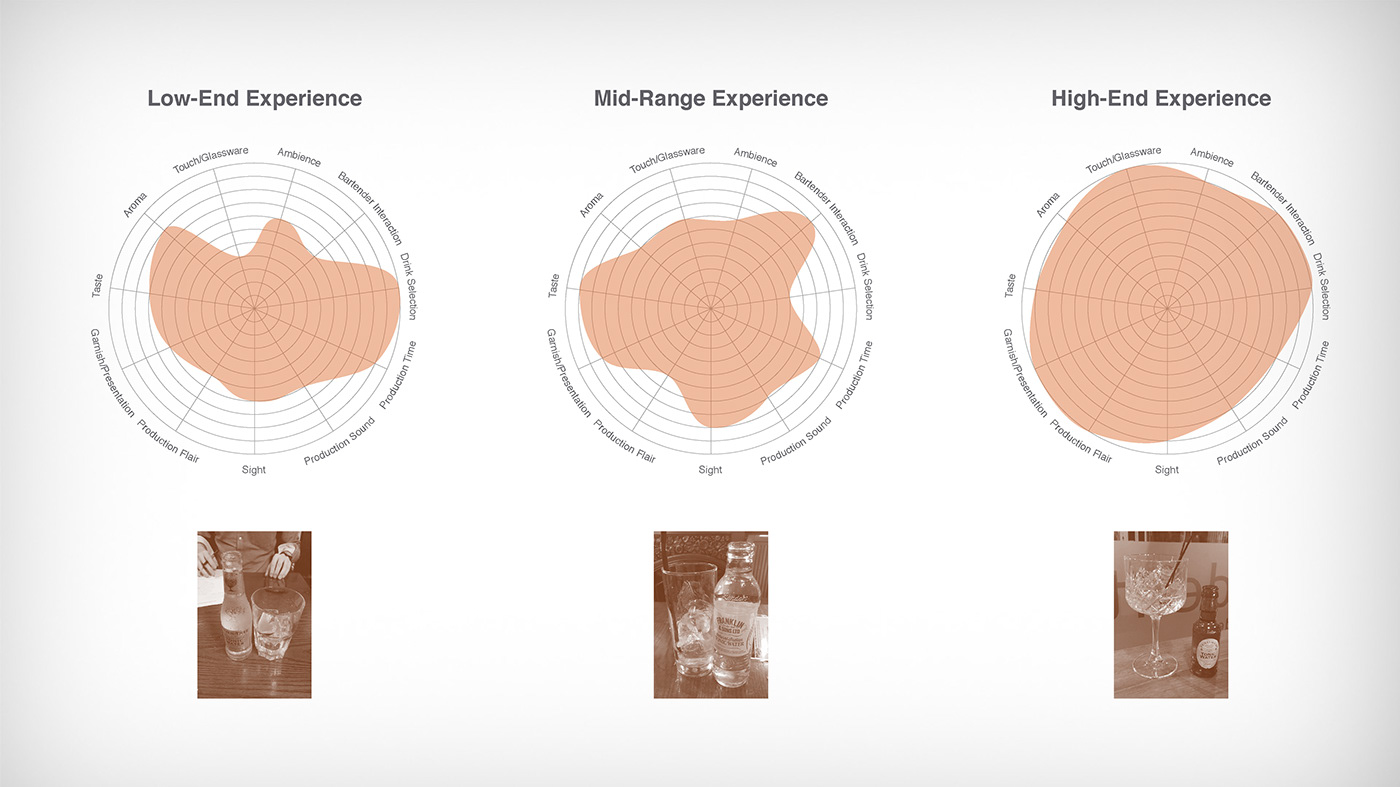
Consumer Experience Maps at 3 different price points
Key Insights:
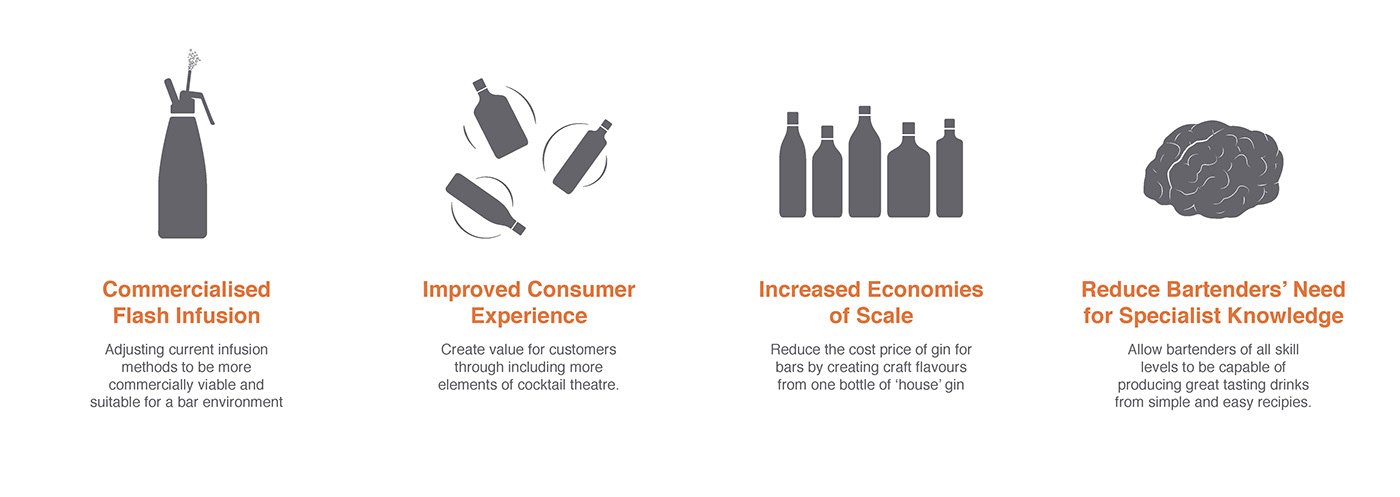
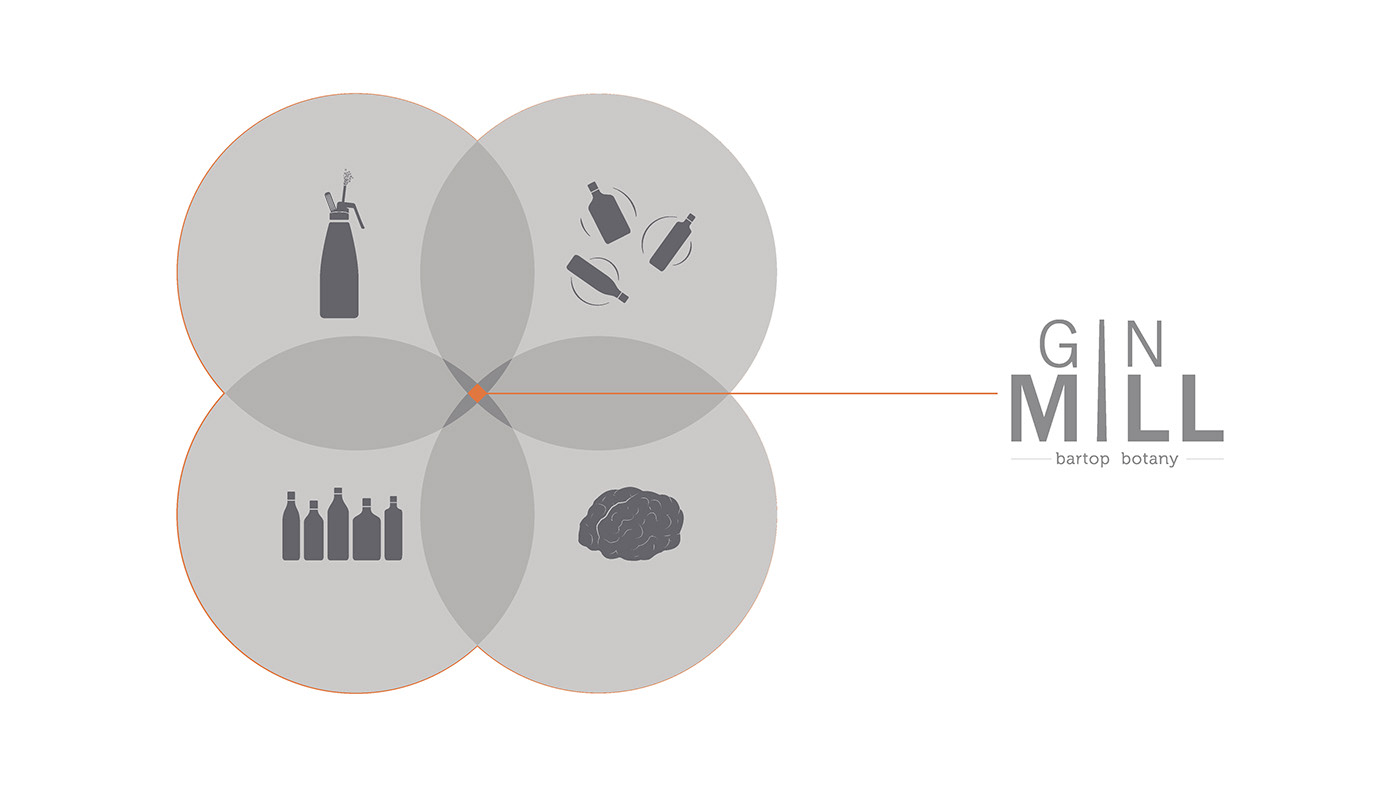
The combination of these four insights set the product's parameters, which created the starting point for ideation of a solution.
Design Development:
Initial ideation focused on creating a compelling consumer and user product experience, not aesthetics, with the aim of showcasing the infusion process directly infront of the consumer at the bar.
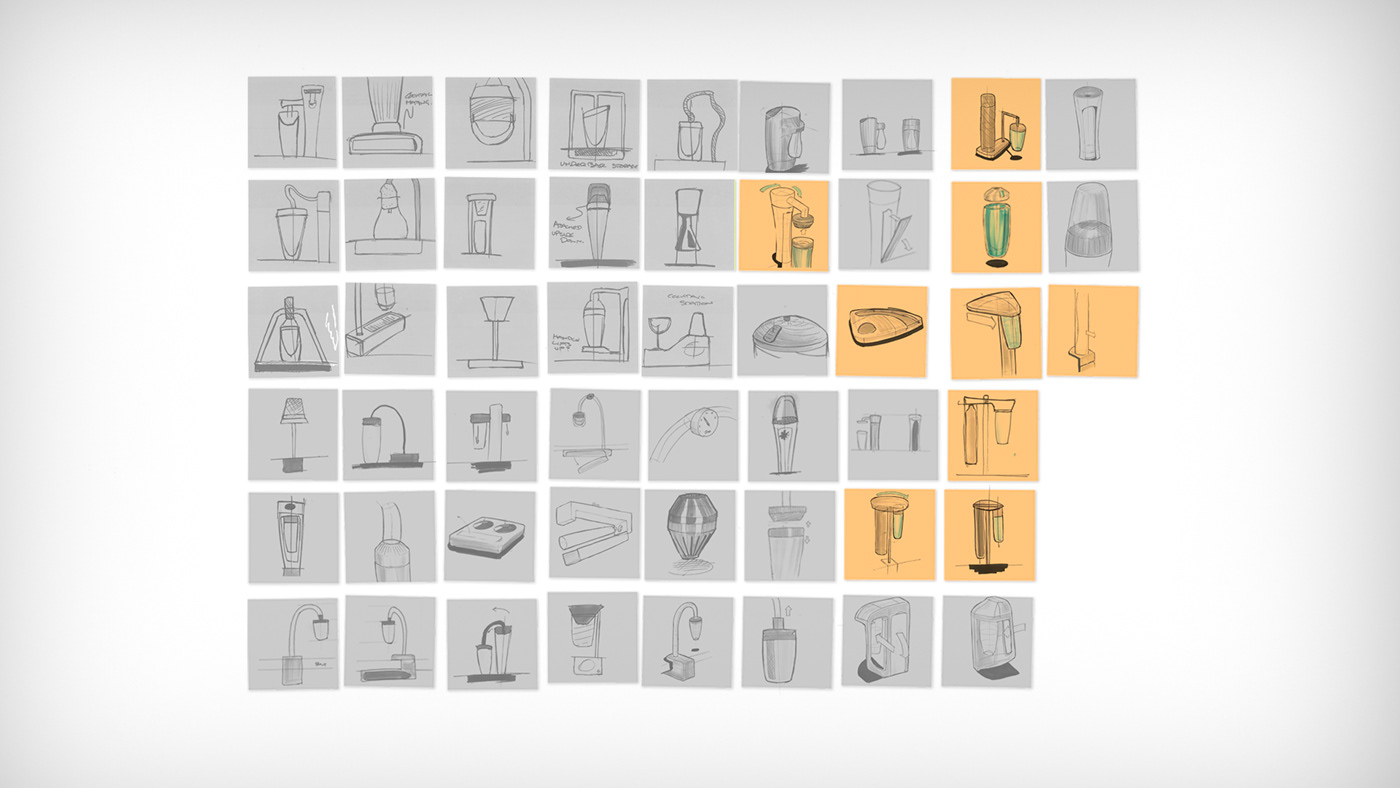
Initial thumbnail ideation
Quick, low-fidelity, 3D card models were used to test the product experience and understand where it was compelling enough, as well as where needed further development.




The aesthetics of the product were developed based on the functionality required to create the user and consumer experience developed from early ideation and modelling. After this quick card modelling, a form direction was selected and used to drive the appearance of the design, as it was iterated further.

Form board used to inspire the final design solution.
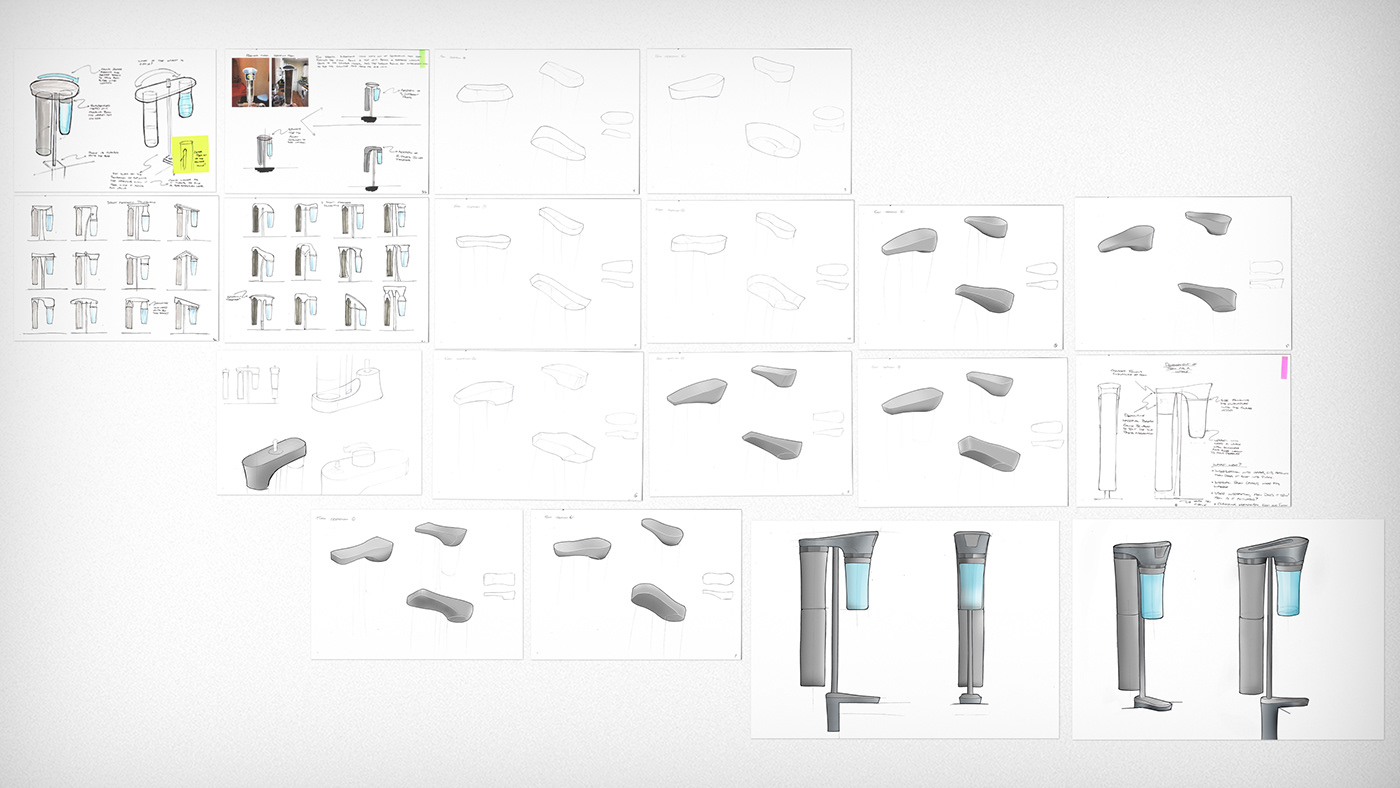
A combination of methods were used to iterate and develop the overall form of the product when the functionality and experience were more defined.
With a defined form direction, higher fidelity foam models were produced to evaluate aesthetics and conduct further experience prototyping with champion consumers and users.





VR evaluation was conducted prior to manufacture of the high-fidelity prototypes to review final changes to aesthetic features such as size, surface detail and interaction points.




Gin Mill Design Proposal

A bar-top gin infuser designed to create a unique
and engaging consumer product experience.
Gin Mill is a bartop gin infuser which allows customers to personalise their gin and tonic by using compressed nitrogen to flash infuse it with fresh fruits and botanicals. The device rotates around its stem to present the infusion process to the customer, providing them with a multi-sensory consumer experience, including sight, sound, taste and aroma. This theatre like experience adds value to create a premium drink.
For bars and pubs, Gin Mill creates commercial value due to the lack of brand variety needed, as the infusions can be create from ‘house’ spirits. While also allowing lower skilled or knowledgeable bartenders the ability to offer qualified recommendations to customers based on easy, repeatable recipes.
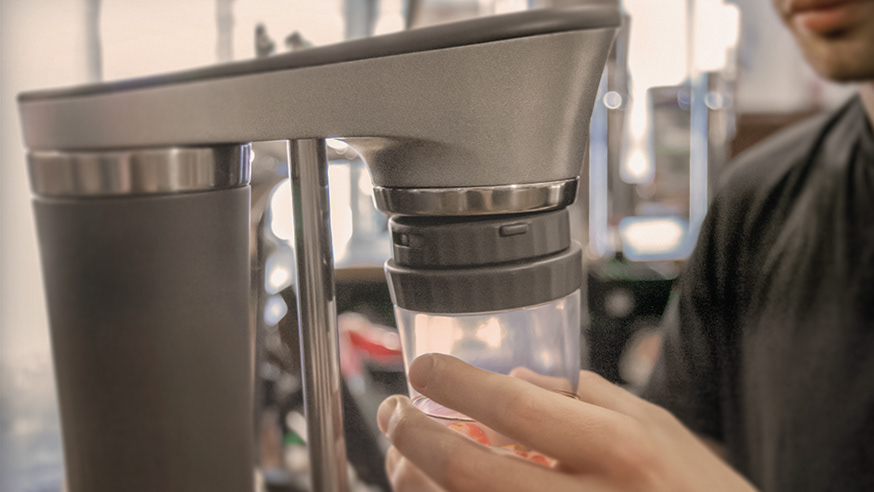

User Interaction:
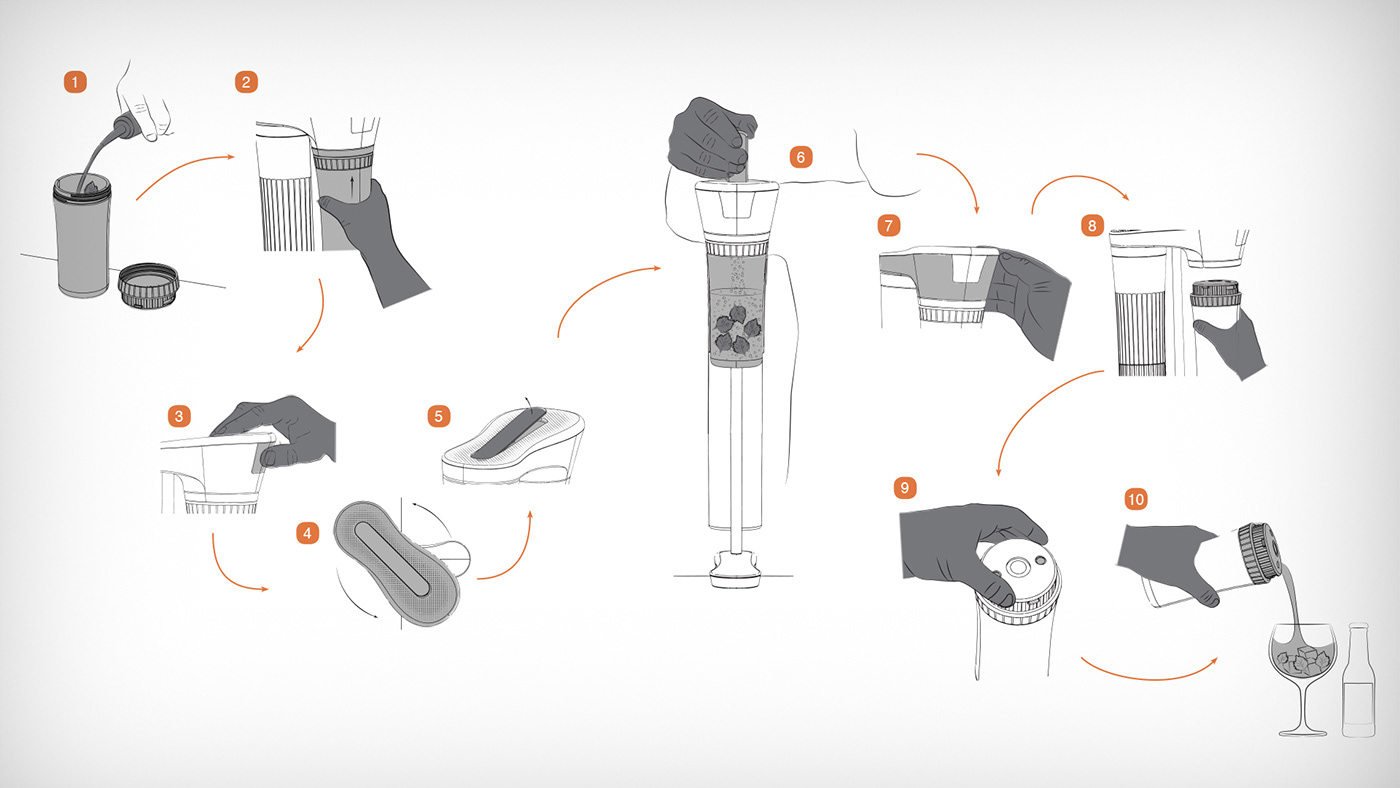
A simple user interaction that creates a memorable consumer experience...
The bartender pours gin, fresh fruit and botanicals chosen by the customer into the vessel, 1, which is then attached into the main body, 2. The latch is released, 3, and the device is rotated to face the customer, 4, which gently reveals the activation lever, 5.
The lever is pulled, 6, which releases pressurised nitrogen into the vessel, creating the flash infusion. The device is rotated back into its original position, 7, and the vessel is twisted 90 degrees to be removed, 8.
The outer lid is twisted, 9, to release the outer seals, releasing the pressure. The infused gin can then be served to the customer over ice, with tonic and a fresh garnish, 10.
Infusion Process:
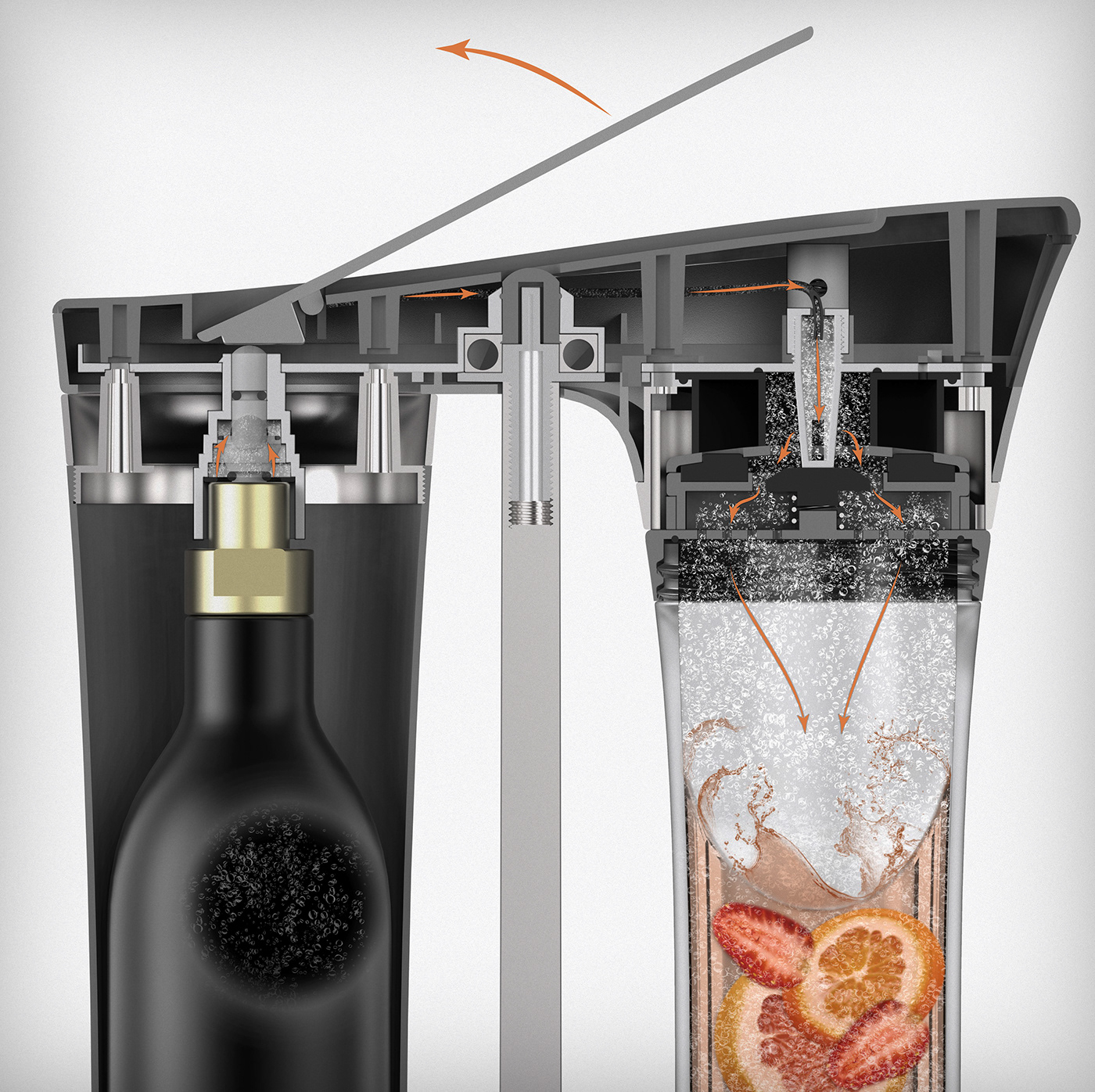
Flash infusion uses the pressure from compressed gas to force the gin into the botanicals' cell structure, allowing it to absorb their flavour. After only 30 seconds, the vessel is de-pressurised, adding an audible theatre for the consumer, and the gin is served. Limited previously to 8g nitrous oxide cream chargers, Gin Mill used a 450g cylinder of food safe nitrogen to create the pressure, meaning it is quick, safe, accessible and easily repeatable.
Gin Mill is the first device in the market to innovate and use this method of infusion on a more commercially viable scale. Although marketed as a 'Gin Infuser' the process can be used to infuse any spirit, such as whisky, rum or vodka. Therefore, it is a versatile product allowing creative bartenders to produce a wide range of potential cocktails and drink infusions beyond the current industry trends in gin.
What's in the box?
3D Models and Prototypes:

Selection of the different prototypes employed at various development stages.
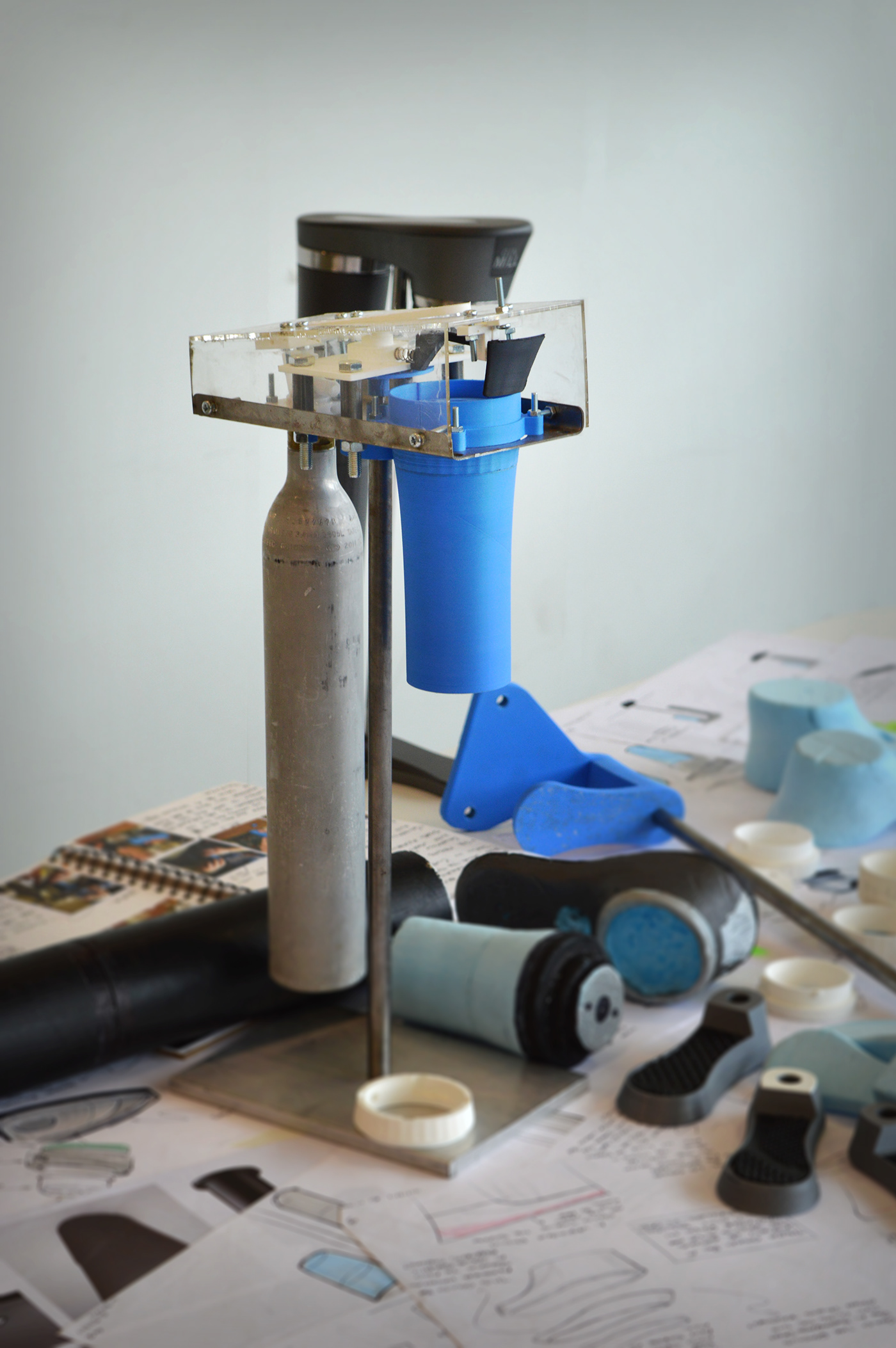
Prototype for testing user-product interactions in a simulated experience prototype. It did not contain pressurised gas for safety reasons, but maintained all other functionality.
Final sets of user testing with the prototypes was conducted with a variety of bartenders to evaluate the product and its user interactions. Consumer experience testing was also conducted with multiple gin enthusiasts to evaluate their percieved product experience, and it compared favourably to the experiences tested in primary research. Technical industry experts were also presented the product to provide their opinions on the design. Feedback from all these evaluations was colated for potential future design iterations.






Appearance Model Photoshoot:
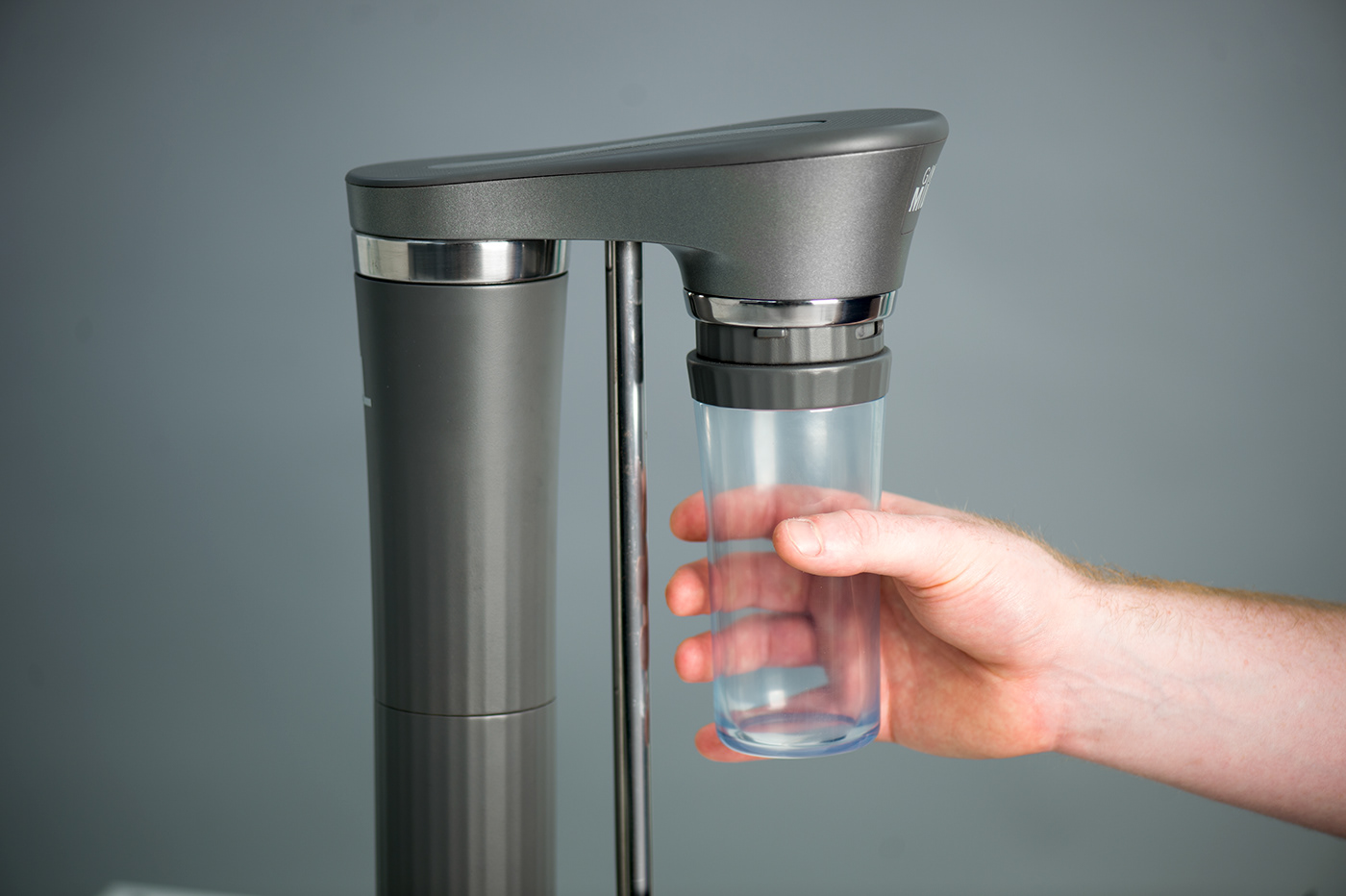




Design for Manufacture:
Design for manufacture principles were considered throughout the concept’s development, with parts designed considering line of draw and wall thickness consistency. Both standard and bespoke parts were used to secure the gas cylinder and to allow the device’s locking, its rotation and the vessel pressurisation.
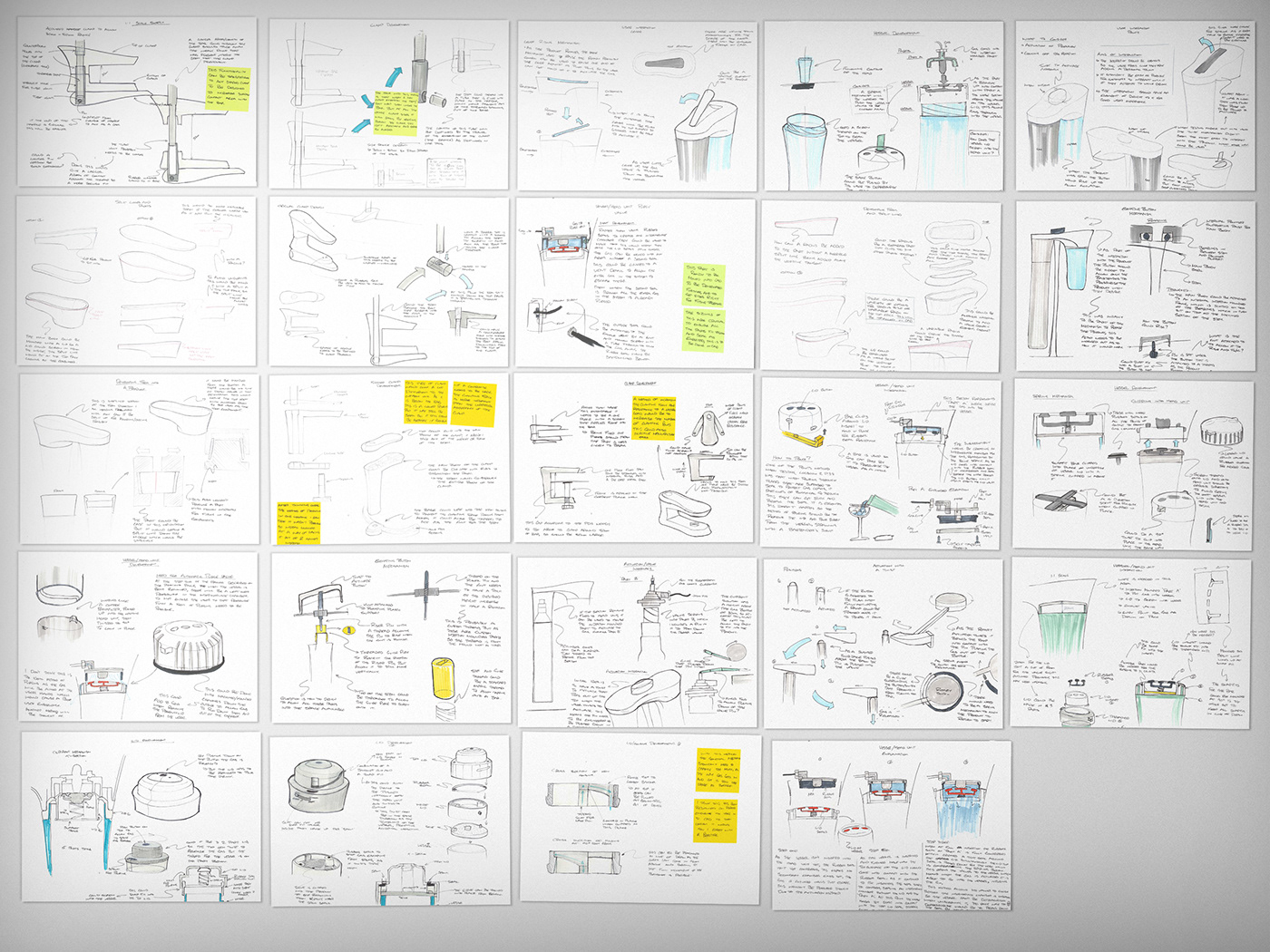
Personal sketch development to aid design for manufacture development.
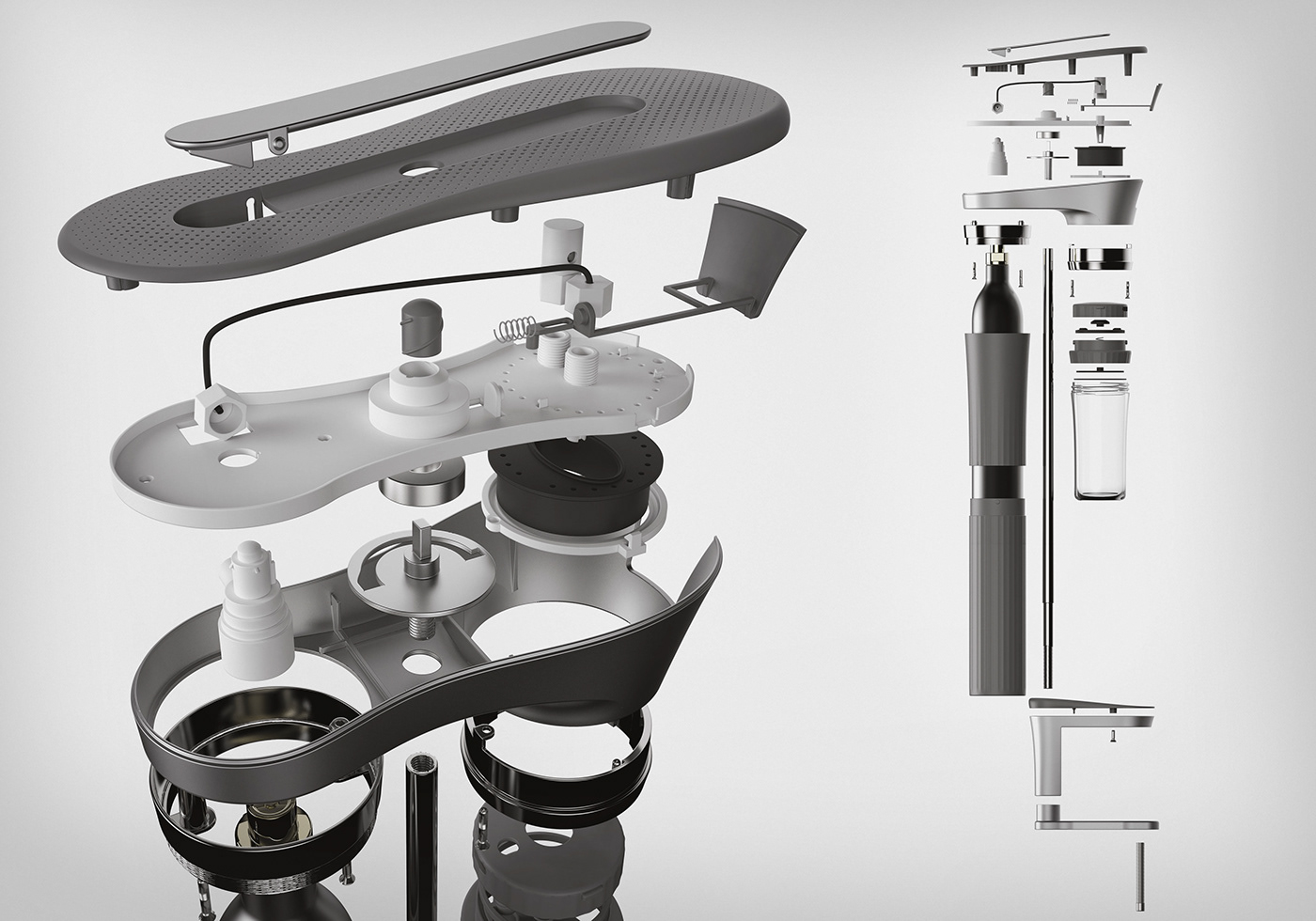
Exploded visualisation demonstrating the internal parts facilitating the design's functionality.

Final Design Details:




Thank you for reading...
Please give the project a like and share, and follow me for more projects in future.
I'd love to hear any feedback or questions in the comments below!


